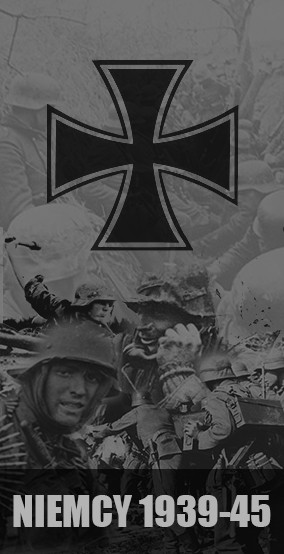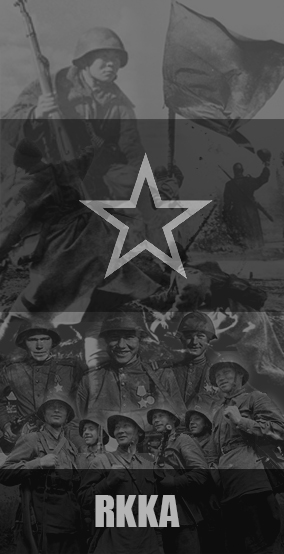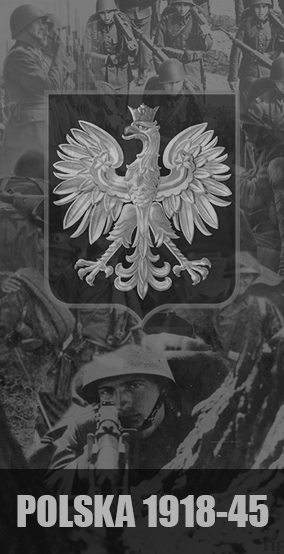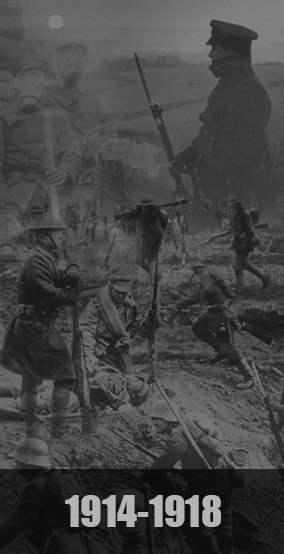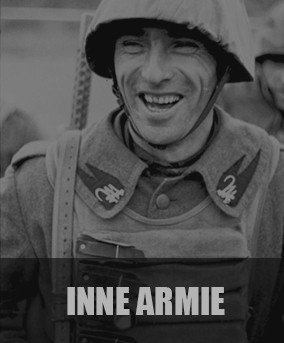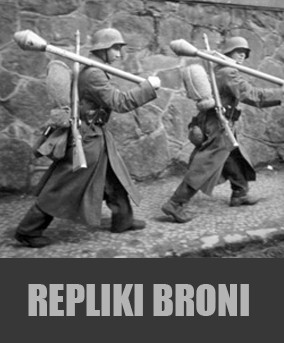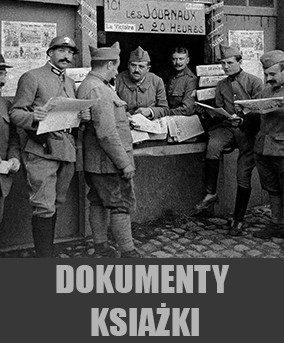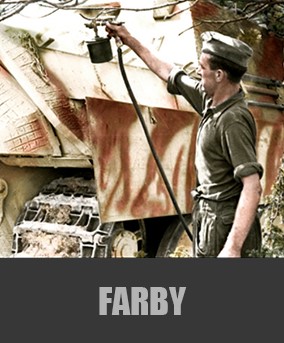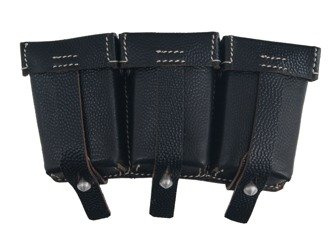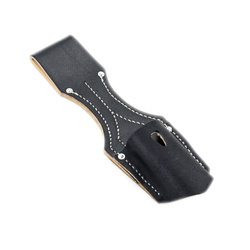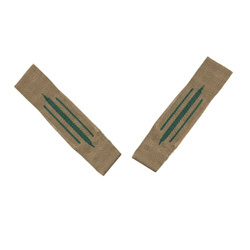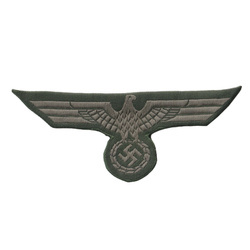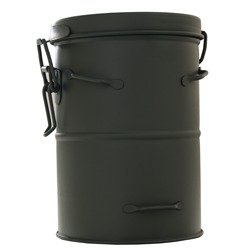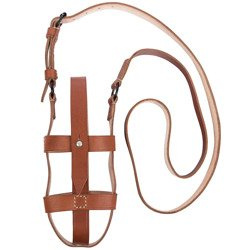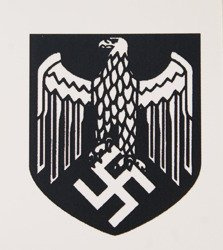Monografia armii włoskiej z lat 1914 - 1918. Łącznie 872 strony, bogato ilustrowane ponad 2500 fotografami. Książka w twardej oprawie, dodatkowo w obwolucie. Poniżej przykładowe zdjęcia z książki.
Autor: Francesco Frizzera, Davide Zendri
ISBN: 978-3-903341-21-0 (wersja niemiecka) 978-3-903341-22-7 (wersja angielska) lub 978-3-903341-23-4 (wersja włoska)
Dane Techniczne: 872 strony, ponad 2500 kolorowych zdjęć, łącznie ze współczesnymi fotografiami i ilustracjami, zszyte w twardej oprawie. Format: 29.5 x 26.0 cm.
- Publikacja wydawnictwa Verlag Militaria, wysoko cenionego wśród kolekcjonerów i hobbystów
OPIS ANGLOJĘZYCZNY
At the outbreak of the First World War in 1914 the Italian Army comprised just under 300,000 soldiers. Four years later more than 5.9 million men had been mobilised and sent to the various fronts. Some military operations in the occupied zone continued until 1919.
The Italian military went to war inadequately prepared. The introduction of a new field uniform in 1909 and the army’s recent experiences during the Italo-Turkish War (1911-12) against the Ottoman Empire had advanced the modernisation of equipment. Nonetheless, compared to the military capabilities of the major European powers Italy’s Army had only moderate striking power, while its domestic industry lacked the capacity to meet the challenges of mass warfare. This led to delays and fluctuations in textile supplies but also to the emergence of new leaders.
With illustrations of more than 350 uniforms, caps, hats and helmets, this work shows how the appearance of the Italian Army changed as the war progressed. The pieces shown in the book come from the collections of the Museo Storico Italiano della Guerra (Italian War History Museum) in Rovereto, as well as other public and private collections. They illustrate the uniforms of the traditional formations (infantry, Granatieri, Alpini, Bersaglieri, artillery, cavalry, Carabinieri, Financial Guard, engineers, medical and logistical services) as well as those of the newer branches of service that had emerged as a result of modern warfare (mortar formations, machine-gun troops, Arditi, Military Air Corps). In addition, they provide a comprehensive view of the various special formations that were attached to the Italian Army, with particular focus on the volunteer formations (Garibaldian Volunteers, cycling and motorised corps, Czechoslovakian legionaries, Italian Expeditionary Corps in the Far East).
This lavishly illustrated work shows uniforms, caps and steel helmets, covering all the models of the army’s field uniform from the time the new uniform was introduced to the end of the war. Contemporary black-and-white photographs show how the items of dress were worn in action. In addition, the two volumes include numerous short biographies and bequests from prominent figures such as Luigi Cadorna, Armando Diaz, Gabriele d’Annunzio, Cesare Battisti, Damiano Chiesa, Fabio Filzi, Ettore Lajolo and the Calvi brothers, and formations like the 87th Air Force Squadron “Serenissima”, which flew a daring mission over the enemy city of Vienna in August 1918.
The collections, along with a great deal of hitherto unpublished archive material, provide the reader with an authentic picture of the Italian Army’s organisation and its uniforms during the war, as well as showing the shortfalls and subsequent advances in its equipment.
OPIS NIEMIECKOJĘZYCZNY
Bei Ausbruch des Ersten Weltkrieges im Jahr 1914 zählte die italienische Armee knapp 300.000 Soldaten. Vier Jahre später waren mehr als 5,9 Millionen Männer für die verschiedenen Fronten mobilisiert worden. Einige militärische Operationen in der Besatzungszone dauerten sogar bis 1919 an.
Der italienische Militärapparat zog allerdings nur bedingt vorbereitet in den Krieg. Zwar hatten die Einführung einer neuen Felduniform im Jahr 1909 und auch die jüngsten Erfahrungen aus dem Italienisch-Türkischen Krieg (1911–12) gegen das Osmanische Reich die Modernisierung der Ausrüstung beschleunigt, doch gemessen an den militärischen Kapazitäten der europäischen Großmächte war die Schlagkraft des italienischen Heeres bescheiden. Die begrenzten Fähigkeiten der heimischen Industrie zeigten sich den Erfordernissen eines Massenkrieges nicht gewachsen. Auf allen Ebenen herrschte Mangel und rasche Innovation war gefragt – von der Heranbildung neuer Führungskräfte bis hin zur sicheren Versorgung mit qualitativ hochwertigen Textilien.
Dieser Bildband zeigt anhand von über 350 Uniformen, Käppis, Hüten und Helmen die Veränderungen, denen das italienische Heer im Laufe des Krieges unterlag. Die hier vorgestellten Stücke aus den Sammlungen des Museo Storico Italiano della Guerra (Italienisches Kriegshistorisches Museum) sowie anderen öffentlichen und privaten Sammlungen illustrieren die Bekleidung der klassischen Truppen (Infanterie, Granatieri, Alpini, Bersaglieri, Artillerie, Kavallerie, Carabinieri, Finanzwache, Genietruppe, Sanitäts- und Verpflegungstruppen) ebenso wie jene der neuen Truppengattungen, deren Entstehung der moderne Krieg bedingte (Mörsertruppe, Maschinengewehrtruppen, Arditi, Fliegertruppe). Zahlreiche Objekte vermitteln zudem ein umfassendes Bild der diversen Sonderformationen, die dem italienischen Heer angegliedert waren, wobei ein besonderer Schwerpunkt auf den Freiwilligenverbänden liegt (Garibaldini, Radfahrer- und Automobilkorps, tschechoslowakische Legionäre, irredentistische Freiwillige im „Fernen Osten“).
Das vorliegende, reich illustrierte Werk beinhaltet Uniformen, Mützen und Stahlhelme und zeigt sämtliche Muster der Felduniformen des Heeres vom Zeitpunkt der Einführung der neuen Bekleidung bis zum Ende des Krieges. Zeitgenössische Fotografien veranschaulichen, wie die Bekleidungsstücke im Einsatz getragen wurden. Zudem finden sich in diesem Doppelband zahlreiche Kurzbiografien und Objekte aus den Nachlässen bedeutender Persönlichkeiten wie Luigi Cadorna, Armando Diaz, Gabriele d’Annunzio, Cesare Battisti, Damiano Chiesa, Fabio Filzi, Ettore Lajolo oder den Gebrüdern Calvi. Auch Truppenteile wie die 87. Flieger-Staffel „Serenissima“, die im August 1918 in einer waghalsigen Aktion das feindliche Wien überflog, werden thematisiert.
Die musealen Sammlungen und das größtenteils unveröffentlichte Archivmaterial vermitteln der Leserschaft ein realistisches Bild sowohl von der Zusammensetzung und Uniformierung des italienischen Heeres während des Krieges als auch von den Entwicklungen und Defiziten seiner facettenreichen Ausstattung.


